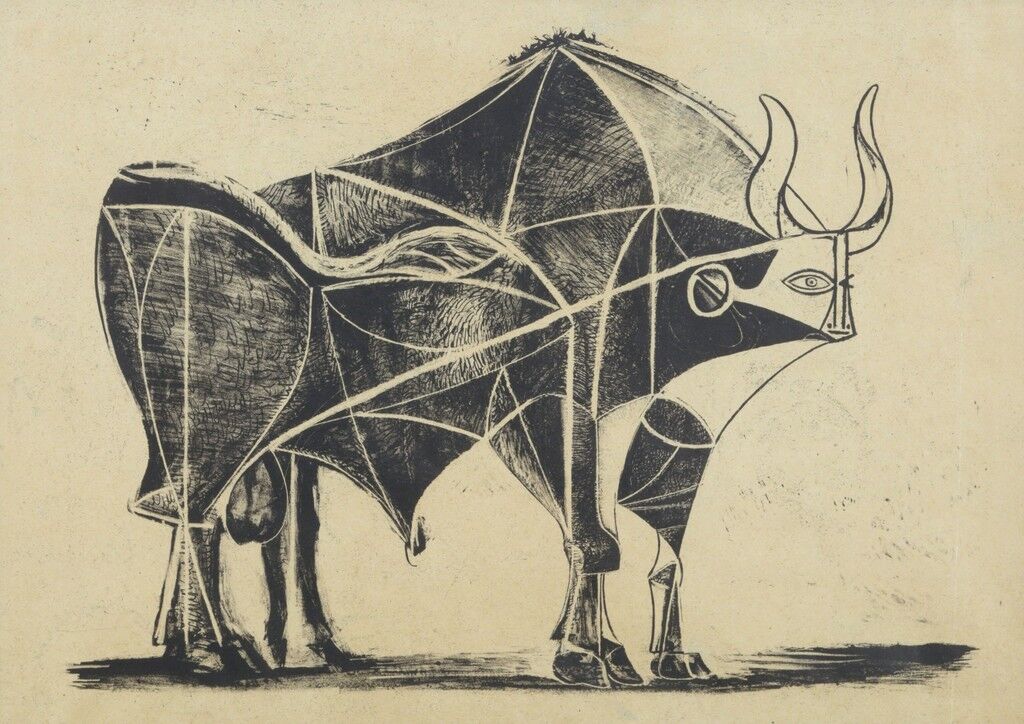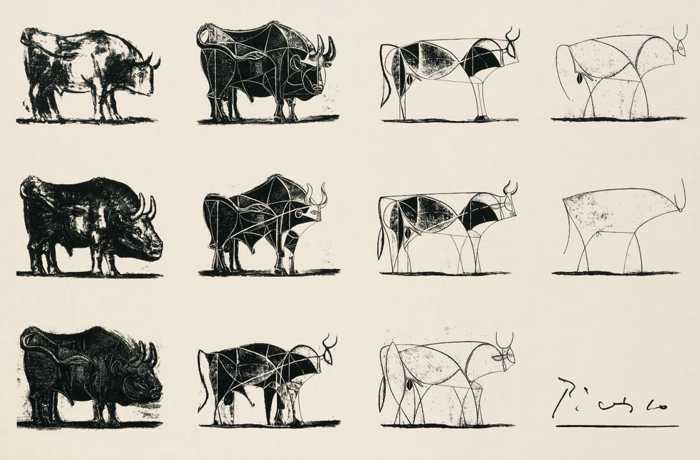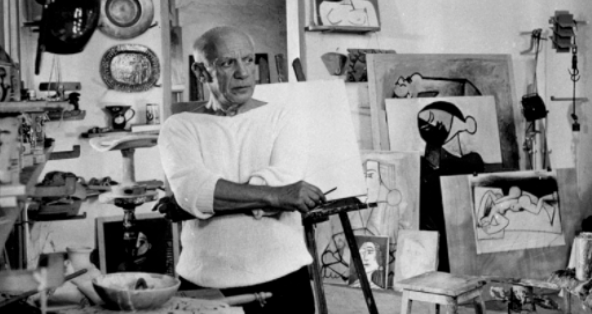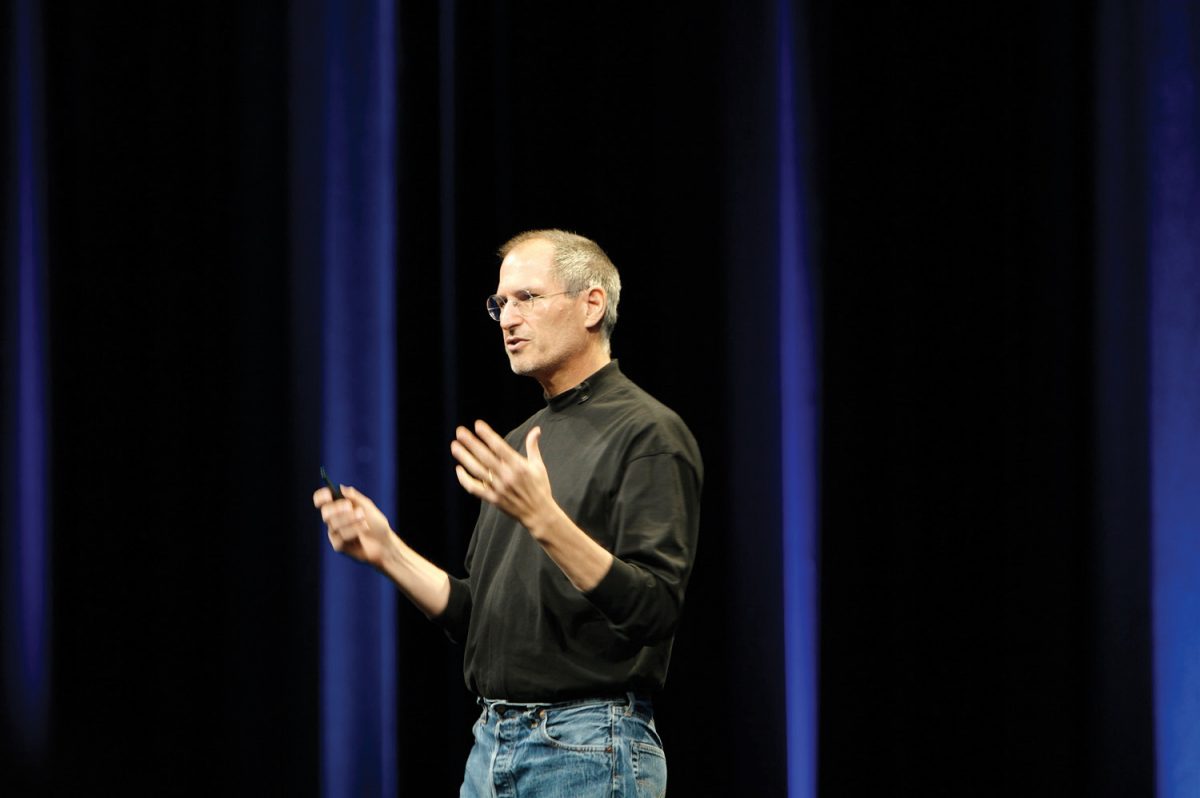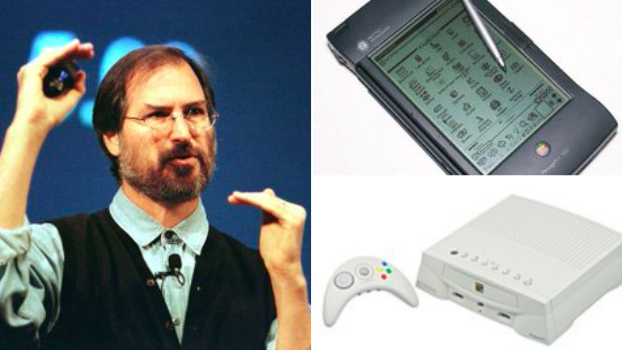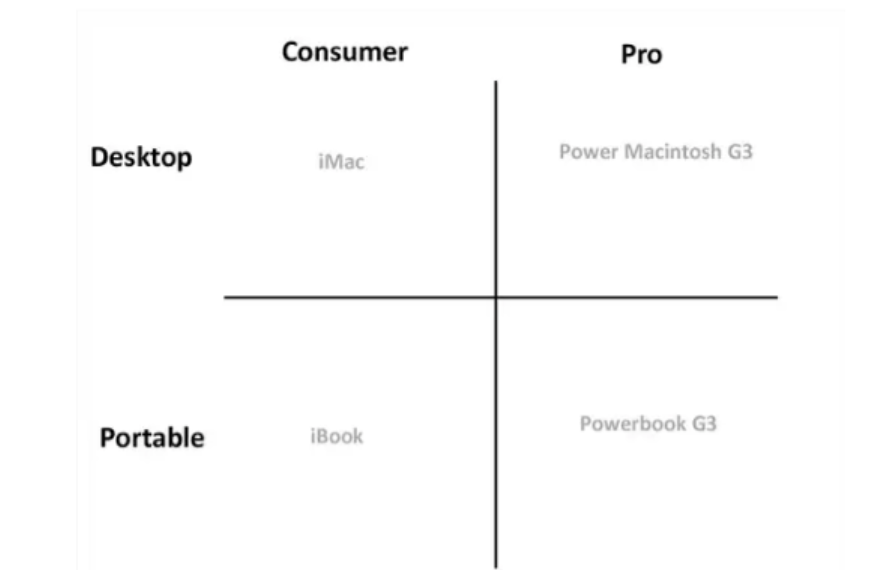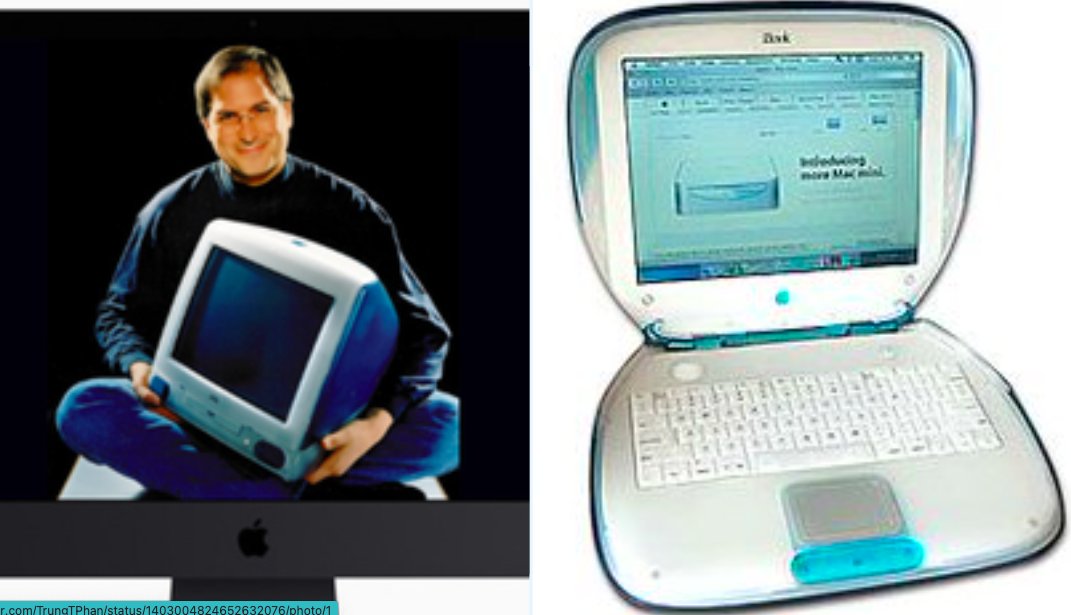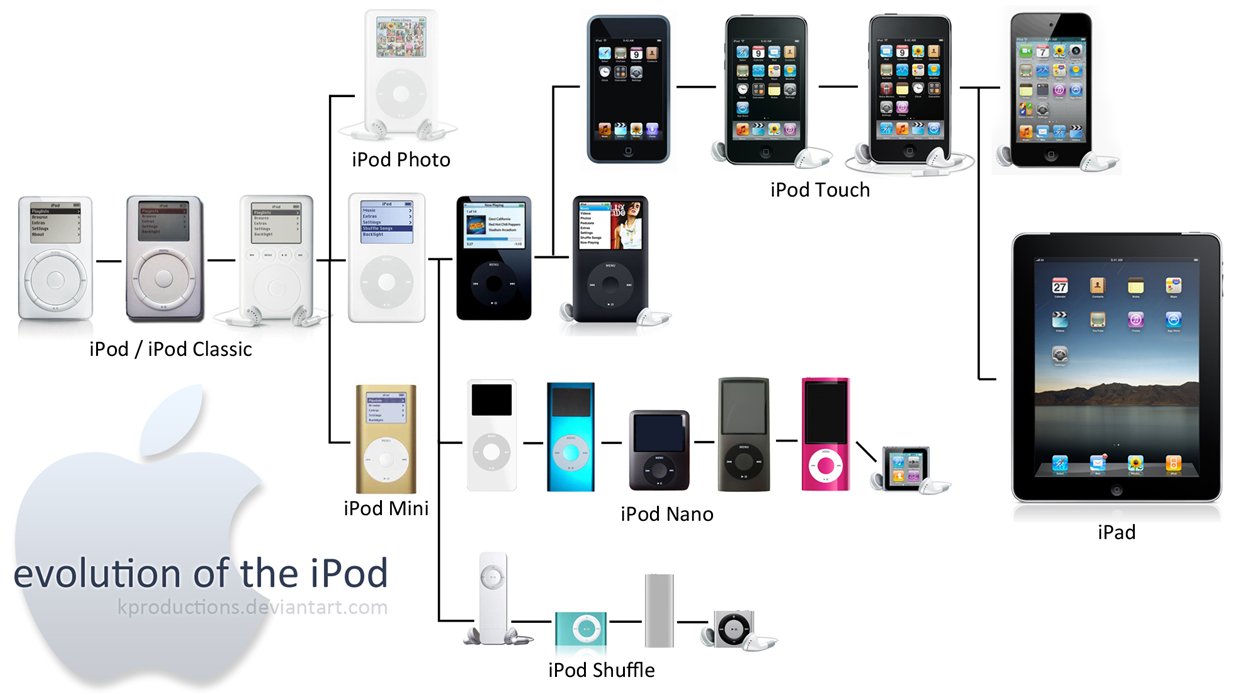Thread
Steve Jobs famously said innovation is "saying no to 1000 things" before you say yes.
For more than a decade, Apple has used Pablo Picasso's Bull to drive home the lesson.
Here's a breakdown 🧵
For more than a decade, Apple has used Pablo Picasso's Bull to drive home the lesson.
Here's a breakdown 🧵
In Dec. 1945, Picasso created "The Bull", a series of 11 lithographs (stone prints).
With each successive print, a bull is simplified and abstracted. Picasso's goal was to find "spirit of the beast".
At Apple, employees are taught this philosophy.
With each successive print, a bull is simplified and abstracted. Picasso's goal was to find "spirit of the beast".
At Apple, employees are taught this philosophy.
Below are the 1st, 4th and last stone print.
The bull progresses from:
◻️a realistic drawing
◻️to a deconstructed image w/ the famous "abstract" style
◻️to lines outlining a shape
Through 11 iterations, Picasso simplified the image until it captured the "essence" of the bull.
The bull progresses from:
◻️a realistic drawing
◻️to a deconstructed image w/ the famous "abstract" style
◻️to lines outlining a shape
Through 11 iterations, Picasso simplified the image until it captured the "essence" of the bull.
Picasso said of the abstraction process:
"Two holes. That’s the symbol for the face, enough to evoke it without representing it. But isn’t it strange that it can be done through such simple means? Whatever is most abstract may perhaps be the summit of reality.”
"Two holes. That’s the symbol for the face, enough to evoke it without representing it. But isn’t it strange that it can be done through such simple means? Whatever is most abstract may perhaps be the summit of reality.”
Enter Apple University.
In 2008, Steve Jobs tapped the dean of Yale School of Management to create an internal training curriculum for Apple.
The program was meant to teach new employees Apple's culture and design philosophy (the teachings are rarely shared with the public).
In 2008, Steve Jobs tapped the dean of Yale School of Management to create an internal training curriculum for Apple.
The program was meant to teach new employees Apple's culture and design philosophy (the teachings are rarely shared with the public).
Picasso's Bull is a popular topic at Apple University.
Apple uses the evolution of its mouse as an example of the philosophy (e.g., the buttons were "abstracted" away).
Apple uses the evolution of its mouse as an example of the philosophy (e.g., the buttons were "abstracted" away).
For new employees, Apple also taught the lesson by contrasting its Apple TV remote with existing smart controllers (significantly fewer buttons).
The Picasso way of saying "no" and capturing "the essence" extends to business strategy.
When Steve Jobs returned as CEO in 1997, Apple was near bankruptcy and on a streak of failed products including a gaming machine (Pippin) and a personal digital assistant (Newton).
When Steve Jobs returned as CEO in 1997, Apple was near bankruptcy and on a streak of failed products including a gaming machine (Pippin) and a personal digital assistant (Newton).
During one meeting that discussed all of Apple's products (way too many), Jobs shouted "stop...this is crazy" and got up to draw something on the whiteboard.
It was a 2x2 matrix laying out his product line:
• Desktop / Portable
• Consumer / Pro
It was a 2x2 matrix laying out his product line:
• Desktop / Portable
• Consumer / Pro
By saying "no" to a ton of fluff and simplifying the product offerings, Apple would start its legendary resurgence.
Its market cap was <$5B upon Jobs' return...
Its market cap was <$5B upon Jobs' return...
...and reached~$350B by the time he passed in 2011.
The evolution of the iPod/iPhone followed the Picasso Way, especially with the removal of the trackpad (and introduction of touchscreen).
The evolution of the iPod/iPhone followed the Picasso Way, especially with the removal of the trackpad (and introduction of touchscreen).
Per Jobs, “You have to deeply understand the essence of a product in order to be able to get rid of the parts that are not essential,”
Sounds like Picasso.
Speaking of which, check out Picasso drawing the Bull at the end of Apple's legendary "Think Different" advertisement.
Sounds like Picasso.
Speaking of which, check out Picasso drawing the Bull at the end of Apple's legendary "Think Different" advertisement.
If you enjoyed that, I write interesting threads 1-2x a week.
Follow @TrungTPhan to catch them in your feed.
Here's another one:
Follow @TrungTPhan to catch them in your feed.
Here's another one:
PS. I also write a Saturday newsletter on glorious tech, business and internet topics like:
• Why is Linkedin so cringe?
• Buffett's $152 bet on Apple
• McDonald's $42B real estate empire
Sub here: trungphan.substack.com/
• Why is Linkedin so cringe?
• Buffett's $152 bet on Apple
• McDonald's $42B real estate empire
Sub here: trungphan.substack.com/
Additional Reading
Draw Academy: drawpaintacademy.com/the-bull/
BI: www.businessinsider.com/chart-that-saved-apple-2011-10
NYT: www.nytimes.com/2014/08/11/technology/-inside-apples-internal-training-program-.html
Artsy: www.artsy.net/article/artsy-editorial-picassos-drawings-bulls-inspired-apples-famously-simple-designs...
Draw Academy: drawpaintacademy.com/the-bull/
BI: www.businessinsider.com/chart-that-saved-apple-2011-10
NYT: www.nytimes.com/2014/08/11/technology/-inside-apples-internal-training-program-.html
Artsy: www.artsy.net/article/artsy-editorial-picassos-drawings-bulls-inspired-apples-famously-simple-designs...
Here’s a clip of Jony Ive explaining Steve Jobs philosophy of saying “no” and how Jobs’ superpower was “focus”
The SpaceX engineering process has a similar philosophy of simply getting rid of unnecessary parts. @elonmusk
Very cool: The intro for Apple’s 2013 WWDC has an animation that touches on the exact points of “focus” and “1000 nos for every yes” (h/t @t87)
Last (related) tweet: Just got back from Spain and saw Picasso’s Guernica for the first time in person.
Wrote about it here: trungphan.substack.com/p/picassos-most-famous-work
Wrote about it here: trungphan.substack.com/p/picassos-most-famous-work
Mentions
See All
Shaan Puri @ShaanVP
·
Jul 8, 2022
My favorite thread you’ve done
